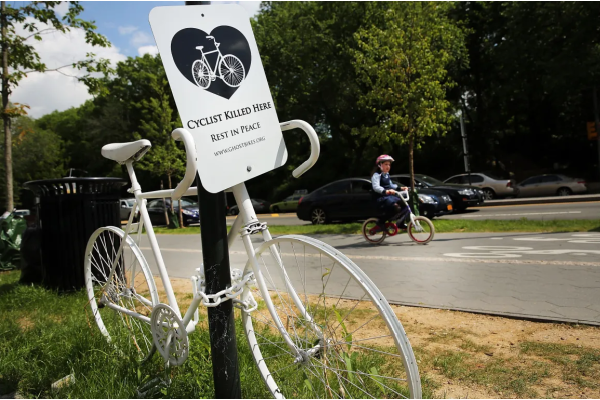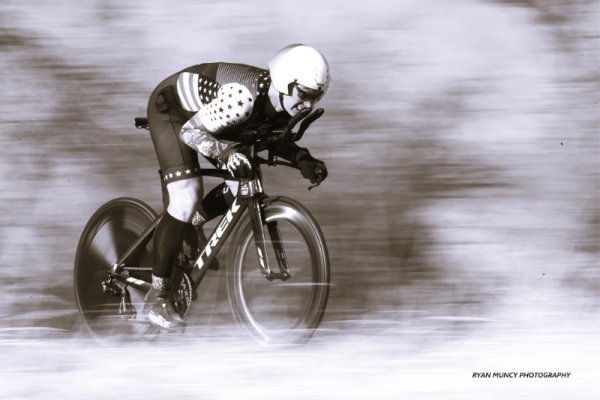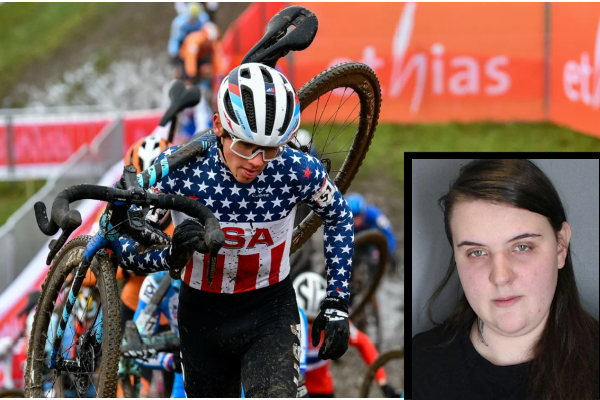Semi-retired as owner and director of his private Orthopedic Physical Therapy practice after over 20 years, Chris is blessed with the freedom to pursue his passion for virtual cycling and writing. On a continual quest to give back to his bike for all the rewarding experiences and relationships it has provided him, he created a non-profit. Chris is committed to helping others with his bike through its work and the pages of his site. In the summer of 2022, he rode 3,900 miles from San Francisco to New York to support the charity he founded, http://www.TheDIRTDadFund.com. His “Gain Cave” resides on the North Fork of Long Island, where he lives with his beautiful wife and is proud of his two independent children.

Feature Events
The First Colorado Cycling Summit
Cycling Season is here, and so is a long list of epic rides throughout the state and surrounding states. Are you ready? Join Avid Cyclist, and other co-hosts for the












